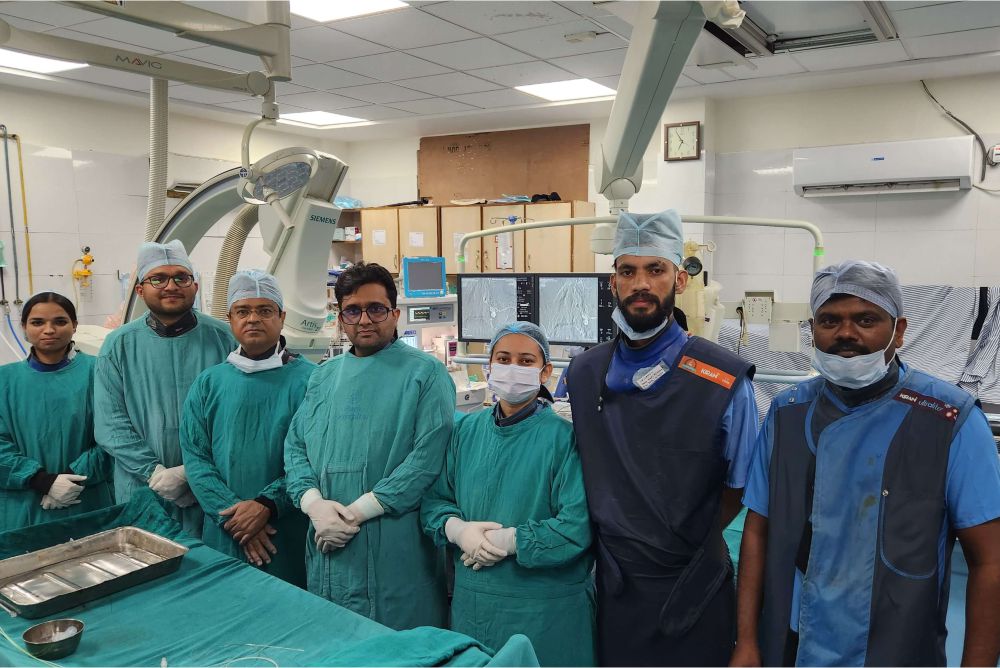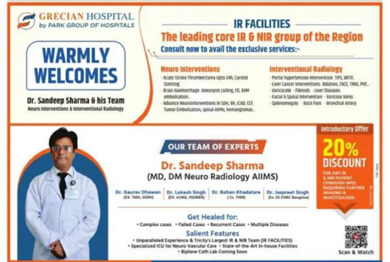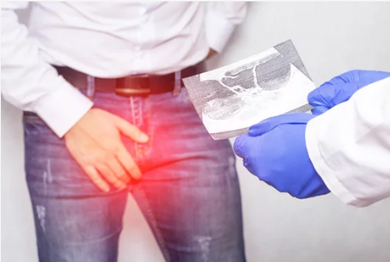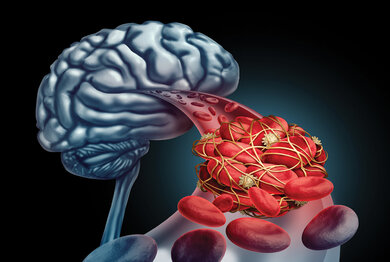Support in Insurance Claim
No-Cost EMI
Without Admission
Short Hospital Stay
4.9 Rating on Google
Benefits

Minimally Invasive

Reduced Risk of Complications

Faster Recovery

Preserves Prostate Structure
To Book An Appoinment
What is Prostate Artery Embolization?
Prostatic Artery Embolization PAE is the least definitive method in managing benign prostatic hyperplasia, commonly known as an enlarged prostate.
BPH is the benign enlargement of the prostatic gland which usually occurs in aging males.
Prostate Artery Embolization (PAE): A Revolutionary Treatment
Minimally Invasive: Prostate Artery Embolization PAE is performed by certified interventional radiologists using the X-ray guidance and imaging technologies allowing the passage of a slender tube through the blood vessels to the arteries supplying the prostate.
Blocking Blood Flow: The catheter is used to inject small particles (microspheres or other embolic agents) that block blood supply to the prostate gland.
Prostate Shrinkage: The prostate is visibly reduced in size as a result of the decreased blood supply.
Symptom Relief: The shrinkage results in a reduced pressure on the urethra which improves bladder complaints such as frequent urge to void, urination, weak urinary stream or bladder emptying difficulty.
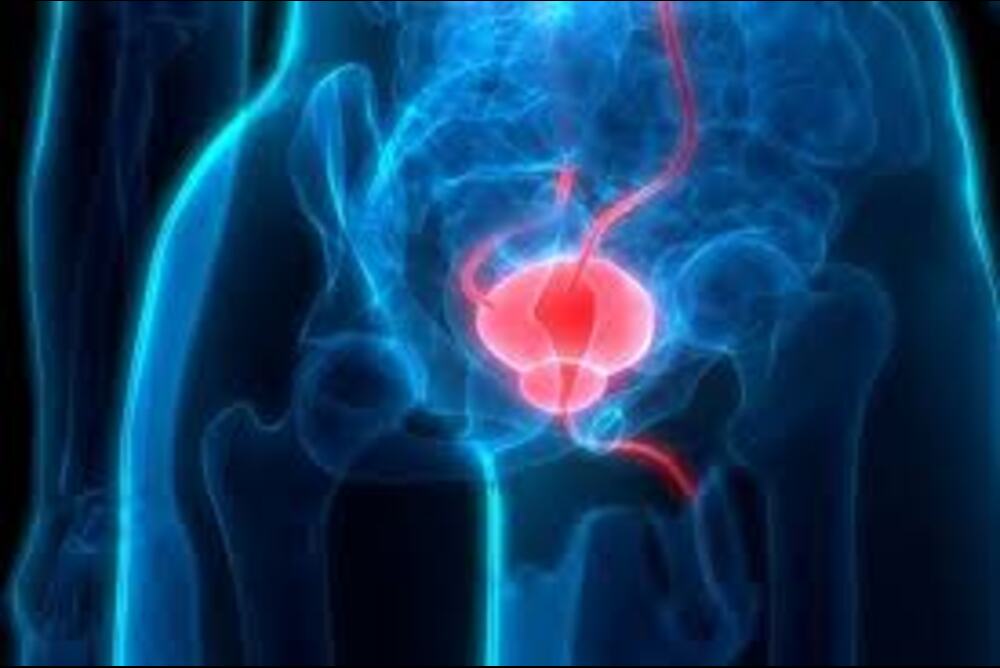
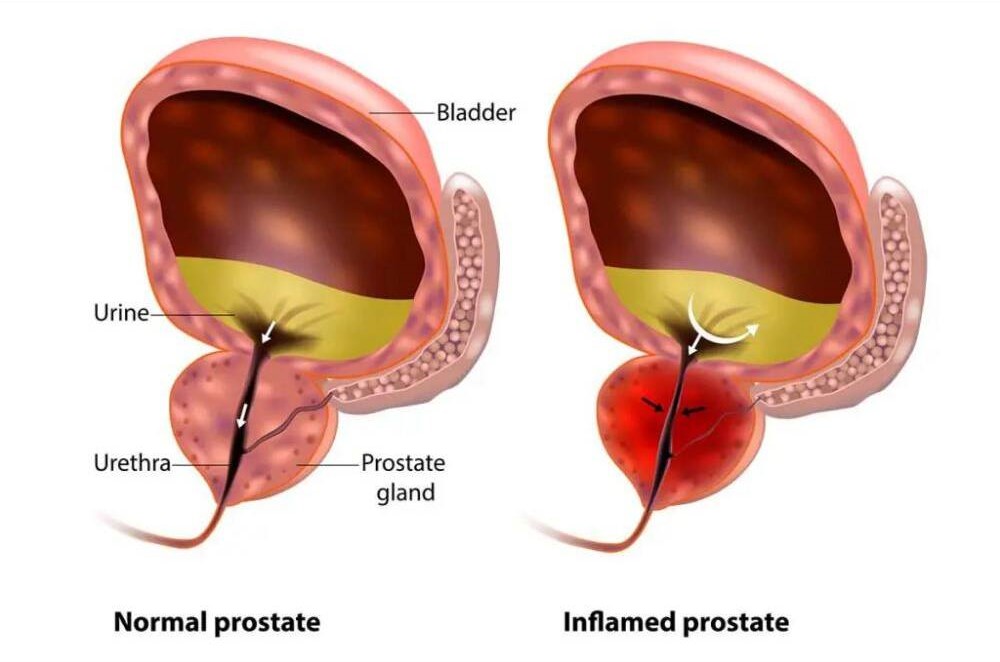
Symptoms of Enlarged Prostate (BPH)
A lot of older men face the issue of having the prostate gland grow in size, which is commonly referred to as “Prostate Enlargement” or Benign Prostatic Hyperplasia (BPH). This enlargement of the gland can lead to problems from an industrial point of view, since it leads to BPH sitting in the urethra, which can cause great difficulty in urinary exercise.
Prostate enlargement issues can cause difficulty with urinary flow and bladder control.
Increased frequency or urgency to urinate, especially at night (nocturia): Greater pressure from the bladder, alongside an enlarged prostate, increases bladder irritation, thereby restricting urine flow through the urethra. Moreover, nocturia refers to the heightened pressure and increased work required to urinate, particularly during nighttime urination.
A weak or slow stream of urine: The enlarged prostate can also lead to the shaft becoming more constricted, which leads to urine being more difficult to release.
Difficulty initiating urination: Challenges initiating the flow of urine may also include some level of straining, while the flow of urine may intermittently halt and resume, making the stream unsteady and disrupted.
A stream of urine stopping or slowing down: This is known as “post-void dribbling”. This is a dribbling of urine that occurs after a stream has come to a stop. This is especially troublesome from a business standpoint.
Feeling like the bladder hasn't fully emptied: This is the most commonly observed phenomenon from BPH, which is why most men face surgery for BPH.
Middle of the nowhere BPH BPH-related symptoms such as UTI, urinary incontinence, bladder voiding difficulty, or hematuria might present themselves. In order to receive a medical work-up to evaluate and discuss treatment options if applicable, one should consult a prostate physician or a prostate specialist concerning any of these symptoms.
Causes of Enlarged Prostate (BPH)
Benign Prostatic Hyperplasia (BPH) is a condition that causes an increased prostate size is most often linked to hormonal changes that are associated with aging, and specifically the effect on dihydrotestosterone (DHT) on prostate cells. Although the precise cause isn't understood fully changes in the balance between cell proliferation and death within the prostate favoring growth, usually requires an examination by an expert prostatic specialist.
Hormonal Influence: DHT is a hormonal that is derived by testosterone plays a major part in the growth of prostate. As people age, their levels may increase, causing prostate cells to grow.
Cellular imbalance: BPH is caused by a prostate imbalance, where the growth of cells (proliferation) surpasses the death of cells (apoptosis). This results in an increased amount of prostate cancer cells, which results in the expansion of the prostate.
Ageing: BPH is almost certainly linked with age as it is more pronounced in older men. Therefore, hormonal changes associated with ageing and other factors may play a role in the development of BPH.
There is no single cause: While hormonal changes and ageing are the primary contributors, other possible factors are being explored. These include possible heritable attributes as well as behavioural elements.
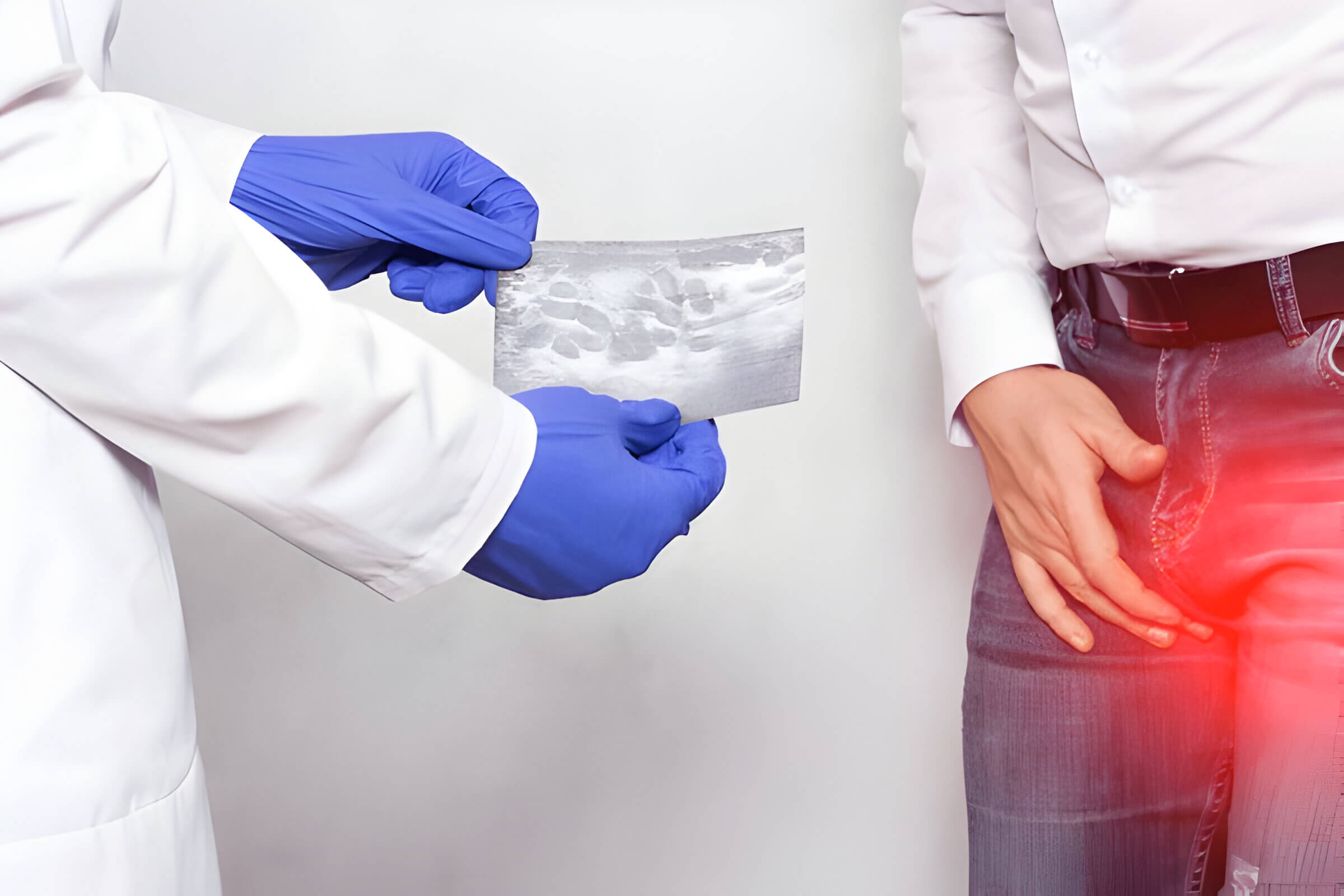
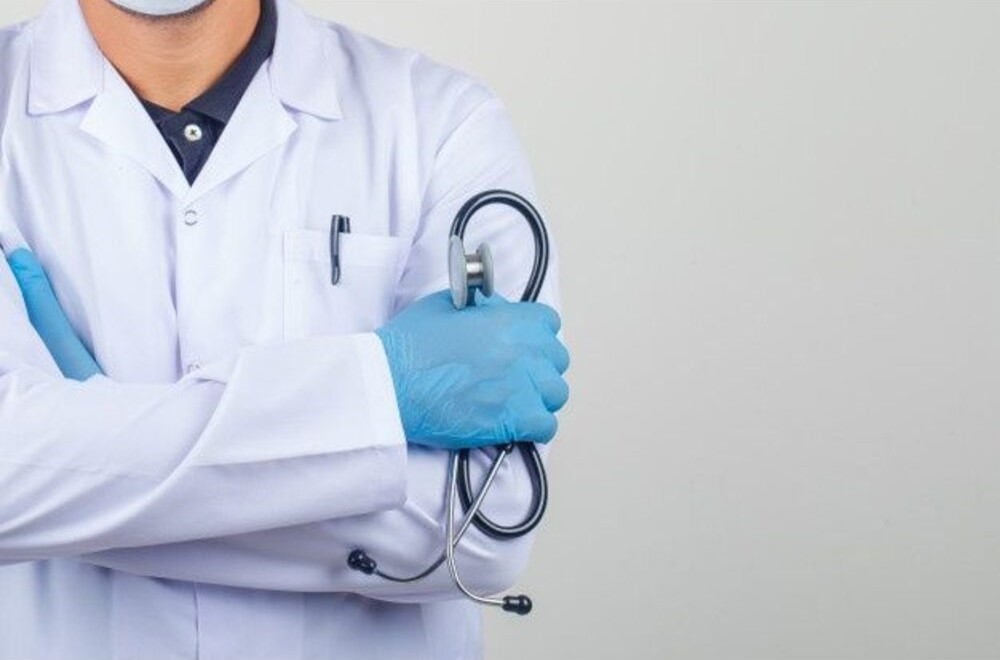
Treatments of prostate artery Embolization
Multiple treatment options are available depending on the symptoms.
Prostate Artery Embolization
Pae is an invasive form of treatment with no major cut and suture. It involves a small entry through the groin area with small tube-like catheters used to reach selectively into the prostatic arteries. These arteries are blocked using small particles called embospheres. Loss of supply leads to the shrinkage of the prostate over a period of time. It is non-invasive, and the patient can be discharged the next day.
Prostate microwave ablation
It is an invasive form of treatment that uses the percutaneous route to burn the gland in the median lobe. It uses microwave energy to produce heat in the gland, and selective ablation is done. It is done mostly under selective anaesthesia and with no major cut and suture. The patient can be discharged with a minimal hospital stay.
Turp
It is a surgical procedure that involves the movement of a scope through the penile urethra in order to be able to reach the prostatic urethra and then resection is performed with a specific focus on the median lobe, which causes symptoms.
It's a semi-invasive process and risks of complications such as bleeding and infections can occur.
Medical management
It is supportive treatment to minimize the symptoms of the enlarged prostate. It can not only reduce the symptoms but also help in reducing the gland size. But it has a limited role.
Prostate Artery Embolization cost in India
Prostate artery embolization is a novel form of treatment. It is minimally invasive but has limited availability.
The cost of the procedure is dependent upon the place where it is done and the skill level. In the Western world, the cost is much higher.
In India, the range at most places ranges from 1.5 to 3 lakhs. At IR facilities, holistic care is provided by an expert group of prostate doctors from diagnosis to treatment and post-operative care. Treatment is provided not only in expert hands but also at minimal, affordable cost.
